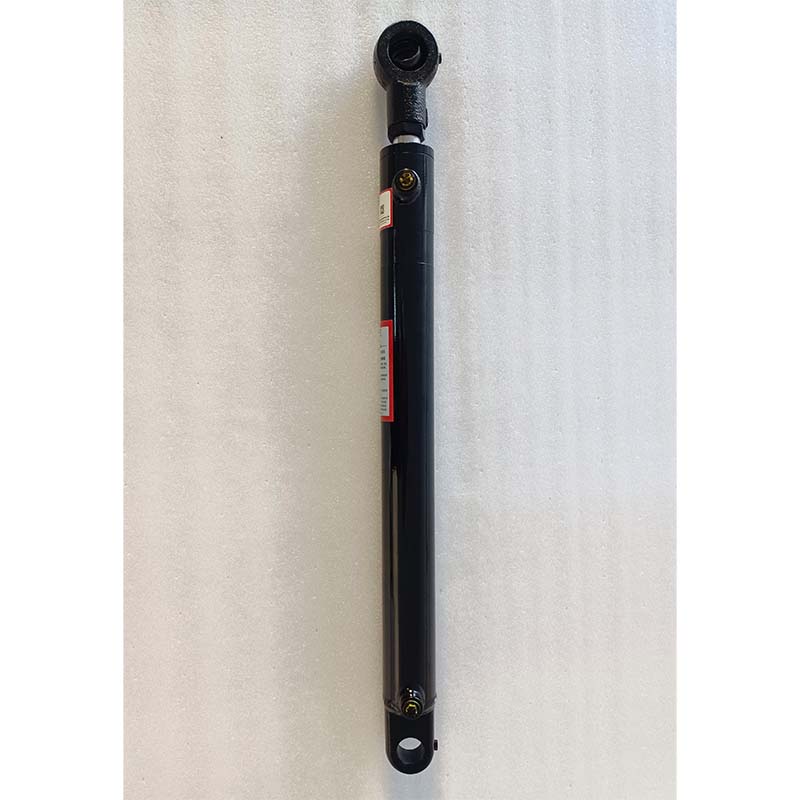Nov . 09, 2024 10:26 Back to list
Hydraulic Cylinder Seal Kits for Optimal Performance and Durability Solutions
Seal Kit for Hydraulic Cylinder Products Essential Components for Optimal Performance
Hydraulic cylinders play a pivotal role in various industries, powering machines and equipment with the force they generate. However, to ensure they perform optimally, the integrity of their components is crucial. Among these components, seal kits for hydraulic cylinders are indispensable. They not only prevent fluid leaks but also maintain the internal pressure necessary for the cylinders to operate effectively. This article will delve into the significance of seal kits, their types, and best practices for maintenance and selection.
Understanding Hydraulic Cylinder Seal Kits
A hydraulic cylinder consists of several parts, including the cylinder barrel, piston, rod, and seals. The seals, situated at crucial junctions within the cylinder, prevent hydraulic fluid from leaking out and dust or contaminants from entering. Seal kits are assemblies that include various seals, O-rings, and backup rings necessary to repair or replace the sealing components of a hydraulic cylinder.
These kits are tailored to the specifications of particular hydraulic cylinder models and are available in different materials suited to various hydraulic fluids and operating conditions. Common seal materials include nitrile rubber (Buna-N), polyurethane, and fluorocarbon (Viton), each offering unique properties that cater to specific applications.
Importance of Quality Seal Kits
Using high-quality seal kits is integral to ensuring the reliability and longevity of hydraulic cylinders. Poor-quality seals can lead to fluid leaks, which not only result in loss of hydraulic pressure but can also pose safety risks and environmental hazards. Furthermore, leaks can increase operational costs due to hydraulic fluid replacement and potential machinery downtime for repairs.
Investing in quality seal kits can significantly enhance operational efficiency. Seals that can withstand high pressure, temperature extremes, and various fluids will perform better and require less frequent replacement. It's essential for businesses to source seal kits from reputable manufacturers who adhere to stringent quality standards, ensuring that the seals function as intended under demanding conditions.
Types of Seal Kits
Seal kits vary widely depending on the design requirements of the hydraulic cylinder. Here are some common types
1. Rod Seal Kits Designed to prevent leakage along the rod of a hydraulic piston, these kits are crucial for applications involving dynamic movements.
seal kit hydraulic cylinder products

3. End Cap Seal Kits These seals interface with the cylinder ends, preventing fluid escape at the terminations.
4. Buffer Seal Kits Often used in conjunction with other seals, buffer seals help absorb shocks and protect primary seals from damage.
Maintenance Best Practices
To maximize the lifespan of seal kits and hydraulic cylinders, routine maintenance is key. Here are some best practices
- Regular Inspection Periodically check the condition of seals for signs of wear or damage. Even slight deterioration can lead to significant problems.
- Fluid Quality Ensure the hydraulic fluids used are of the correct type and clean, as contaminated fluids can damage seals over time.
- Environment Control Keep the hydraulic cylinder environment clean and monitored to reduce exposure to dust and contaminants that can accelerate seal wear.
- Proper Installation When replacing seals, follow the manufacturer's guidelines meticulously to avoid misalignment or damage during installation.
Conclusion
In summary, seal kits for hydraulic cylinders are critical components that ensure the efficient functioning of hydraulic systems. By understanding the importance, types, and maintenance of seal kits, businesses can enhance the reliability and performance of their hydraulic machinery. Investing in quality seal kits and following best practices in maintenance will lead to improved operational efficiency, reduced costs, and a safer working environment. Whether you are in construction, manufacturing, or any sector that utilizes hydraulic systems, paying attention to seal kits will undoubtedly pay dividends in the long run.
-
Fork Lift Power Units - Hebei Shenghan | Efficiency, Reliability
NewsJul.13,2025
-
1.5-Ton Turbocharged Cylinder-Hebei Shenghan|Hydraulic Solution,Energy Efficiency
NewsJul.13,2025
-
Auto Hoist Power Units-Hebei Shenghan|Efficiency&Industrial Lifting
NewsJul.13,2025
-
Double Acting Power Units-Hebei Shenghan|Hydraulic Solutions,Industrial Efficiency
NewsJul.13,2025
-
1.5 Ton Lifting Cylinder 70/82-40-290-535 - High-Performance Hydraulic Solution | Hebei Shenghan
NewsJul.13,2025
-
Fork Lift Power Units - Hebei Shenghan | Efficiency&Reliability
NewsJul.13,2025
